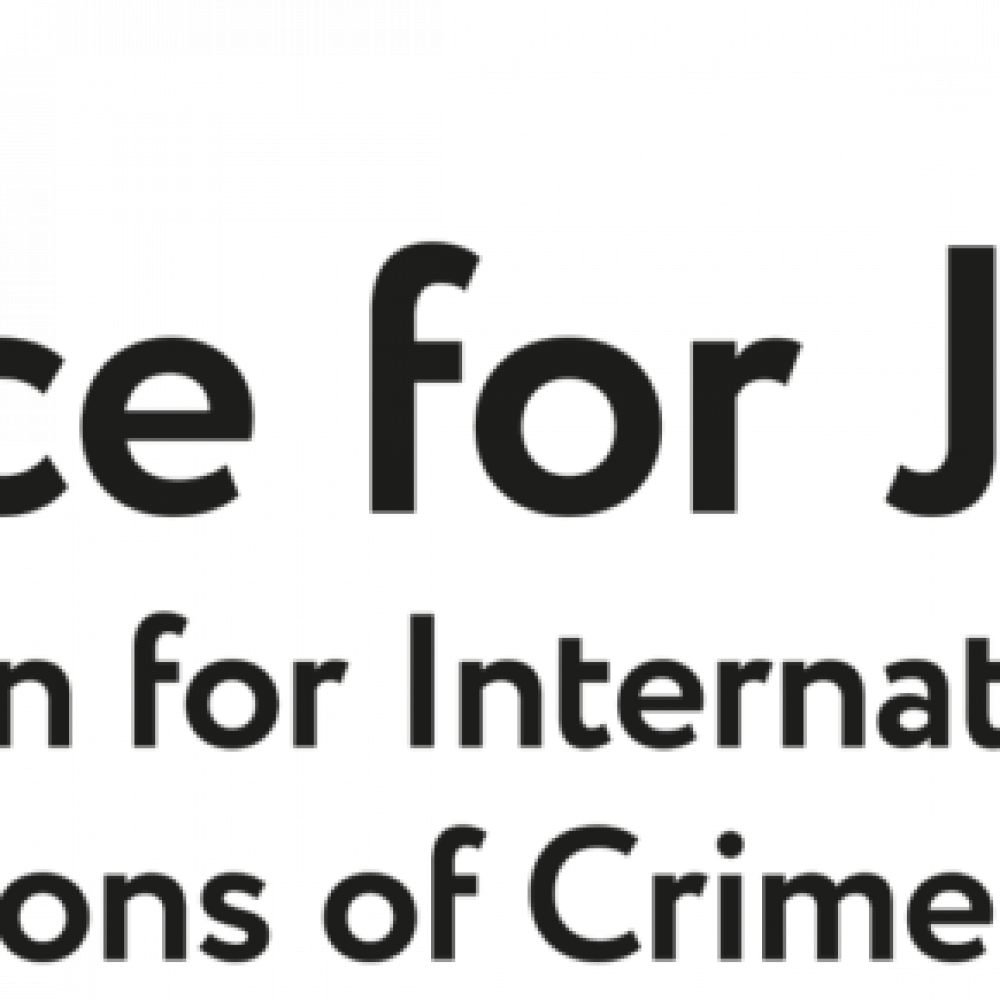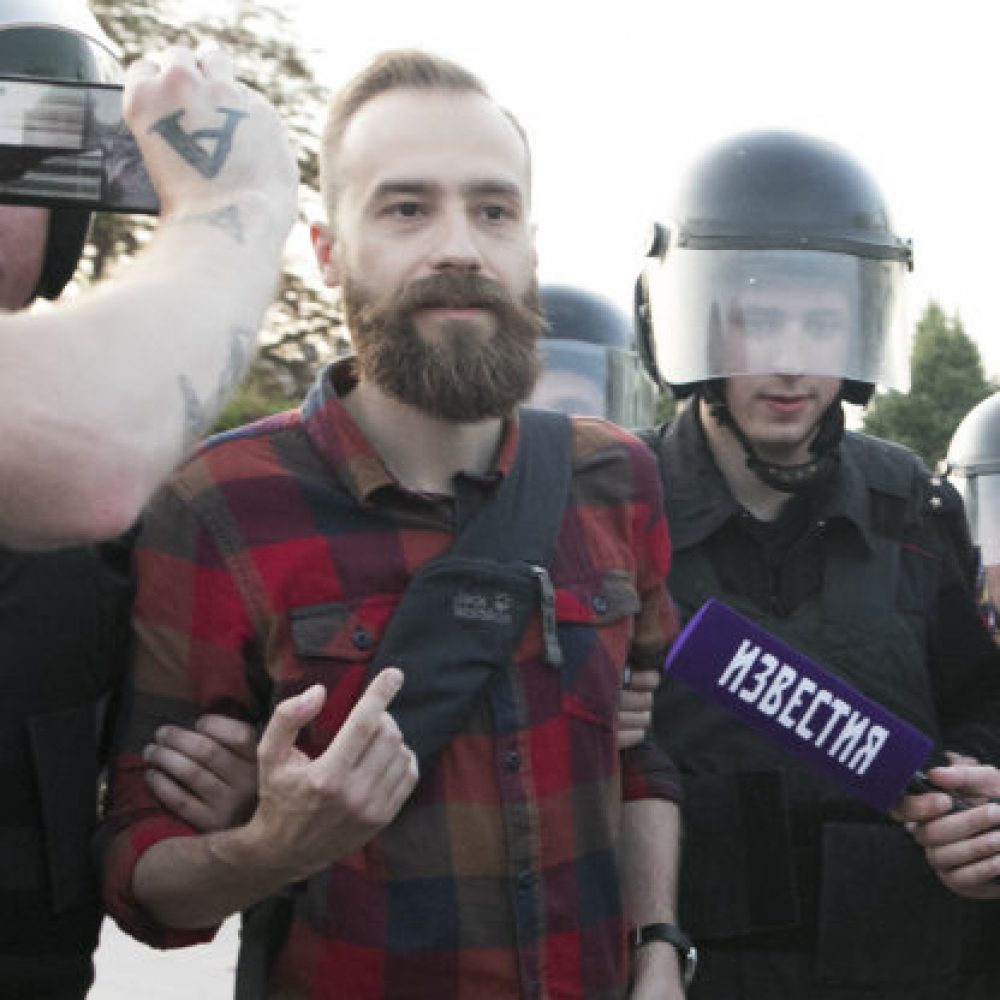LONDON, 7 JULY 2020 – Justice for Journalists Foundation today published the final part of its cycle of research studies on attacks against media workers in the 12 post-Soviet countries over the period from 2017 through 2019. This section of the study is devoted to Belarus, Russia, and Ukraine (not counting Crimea). The report is available both in English and Russian languages.
Experts and partners of the Justice for Journalists Foundation analysed 3,063 incidents of assaults on professional and citizen journalists, bloggers, and other media workers, and identified main risks specific to each of the three countries.
Belarus holds second place among the 12 post-Soviet countries in terms of the relative number of attacks against media workers per 100 thousand people – experts analysed 1079 incidents. The source of the attacks on journalists in the overwhelming majority of cases are the authorities, while the function of the courts usually comes down to rubber-stamping an already adopted repressive decision. The most frequent “administrative offence” is the cooperation of Belarusian freelance journalists with foreign mass media without having the Ministry of Foreign Affairs accreditation. A “package” form of attacks predominates in Belarus, in the course of which a media worker is detained short-term, tried, and arrested for 72 hours and sentenced to payment of a fine.
In Russia, the aggression towards media workers has increased over the three years. Russia stands out with its high number of deaths among media workers: 15 people perished as the result of murders, accidents, beatings, and suicides, a number twice as high as in all 11 post-Soviet countries taken together. The most widespread type of assaults on media workers in the country are attacks via judicial and economic means, and in 68% of cases, the authorities are the source of the attacks. The quantity of documented short-term detentions of journalists by police in the period under examination exceeded 200 incidents, while 40 journalists were sentenced to various terms of deprivation of liberty.
Ukraine sees the decline in the overall number of attacks from 357 in 2017 to 245 in 2019. The risk of physical assaults remains high nonetheless: nearly 28% of all documented assaults on media workers consist of attacks of a physical nature (beatings, abductions, attempted murders). That said, the work of the courts in investigating crimes against journalists and finding and punishing the perpetrators does not seem to be effective. In this country, the prevailing methods for pressuring journalists are bullying and intimidation, including in cyberspace, as well as damaging and seizure of property and documents.
“To increase the safety of journalists who work in a hostile and dangerous environment, it is necessary to conduct an objective regional risk assessment and to identify the sources of such risks. Documenting and analysing the methods and frequency of such assaults against independent media and individual journalists will make it possible to develop a risk management strategy, select self-defence mechanisms, and help protect their lives and freedom,” – said Maria Ordzhonikidze.
In authoritarian states that lack an independent judiciary, drawing public attention to violations of the rights of media workers is often the most effective method of protecting them.
In countries that have begun to undertake democratic reforms, media workers need to have timely access to the professional legal assistance, and even protection by the state.

